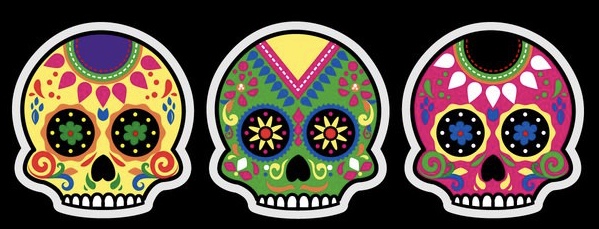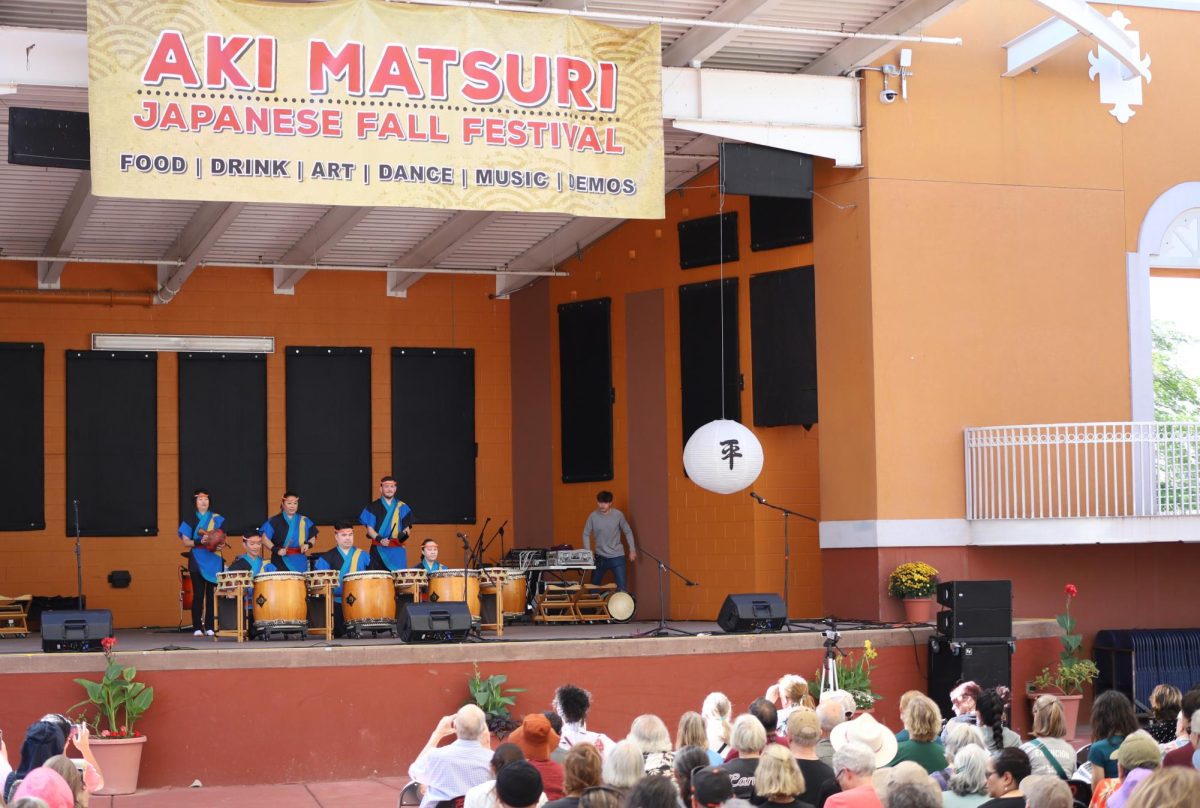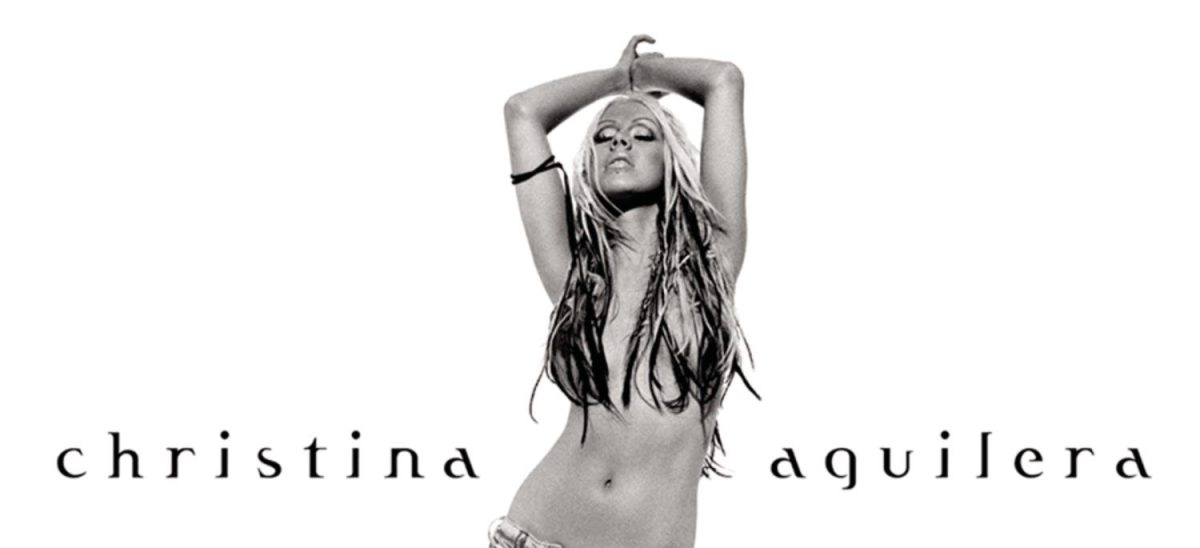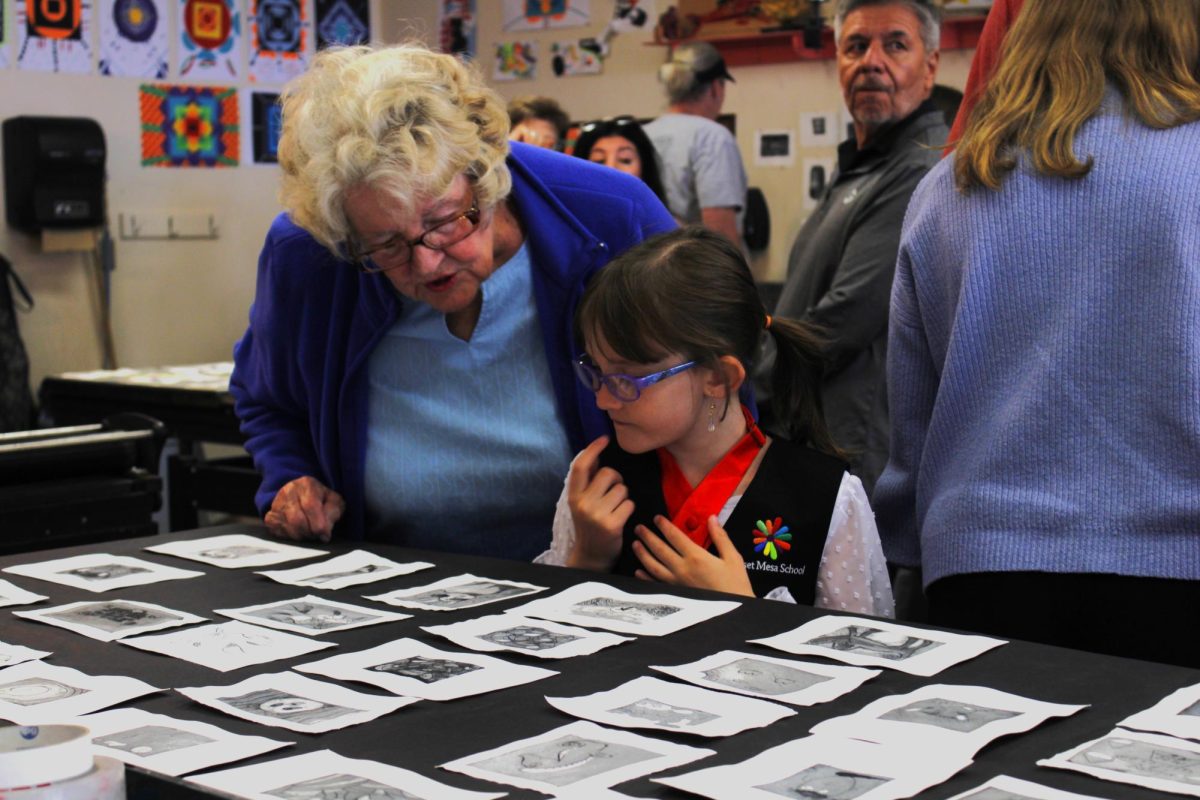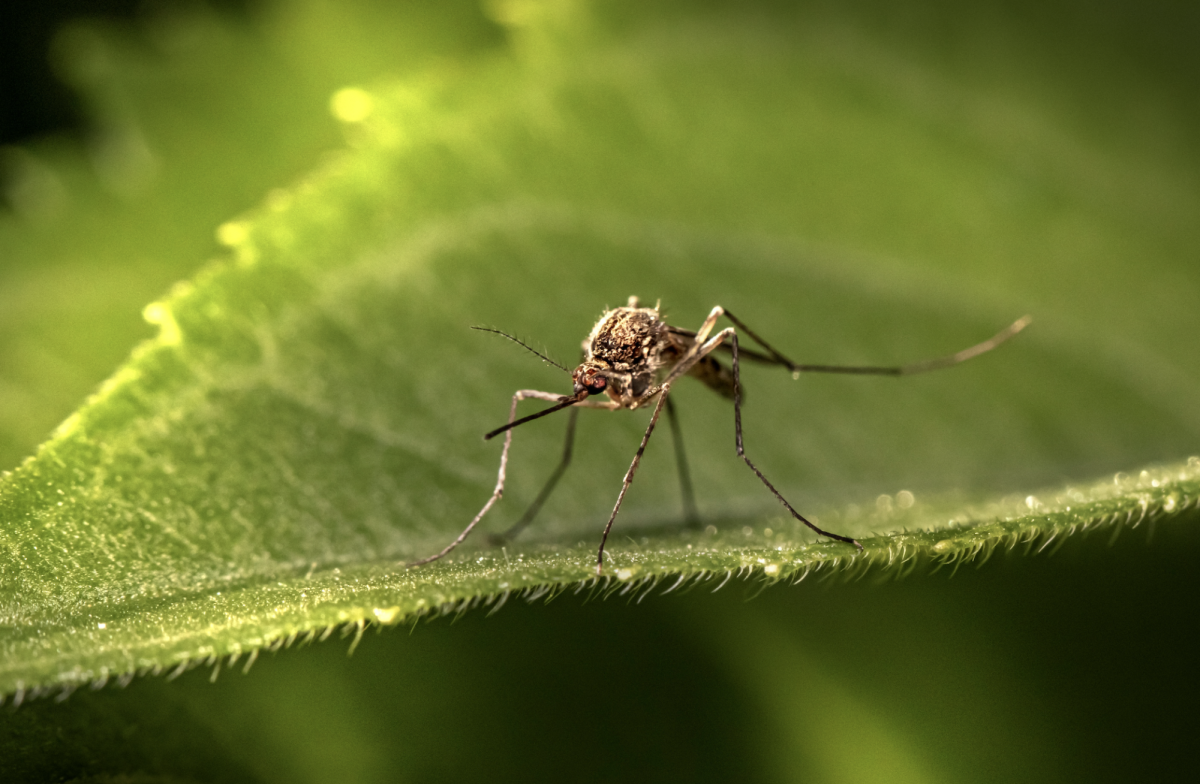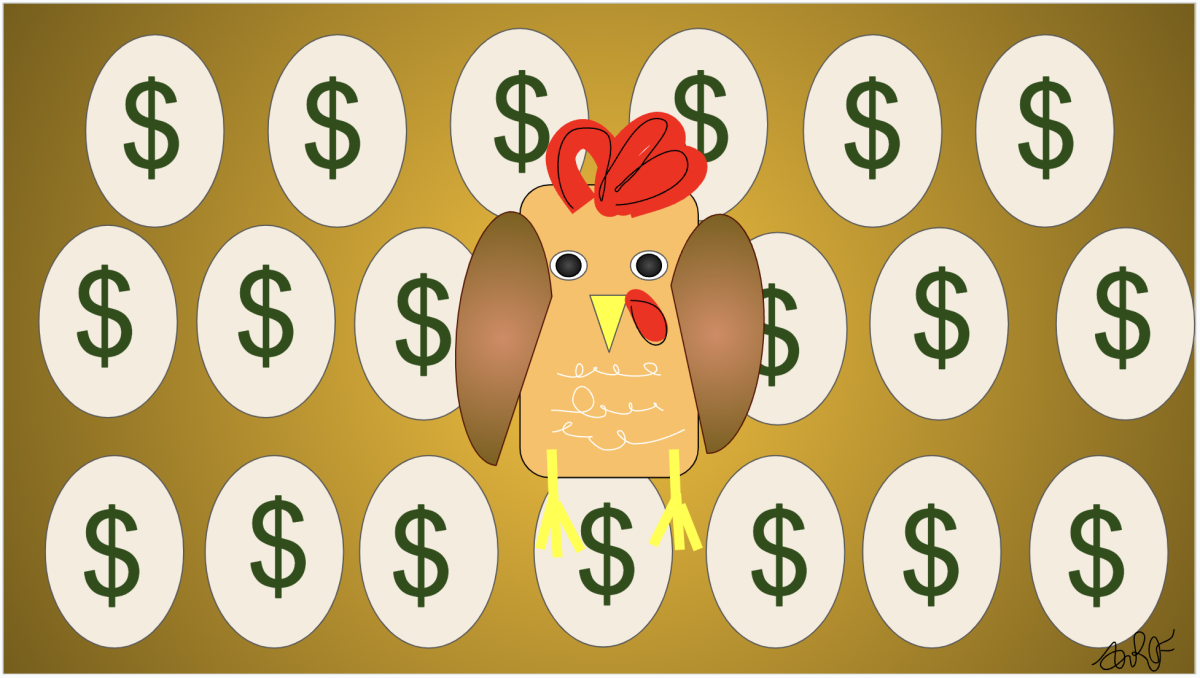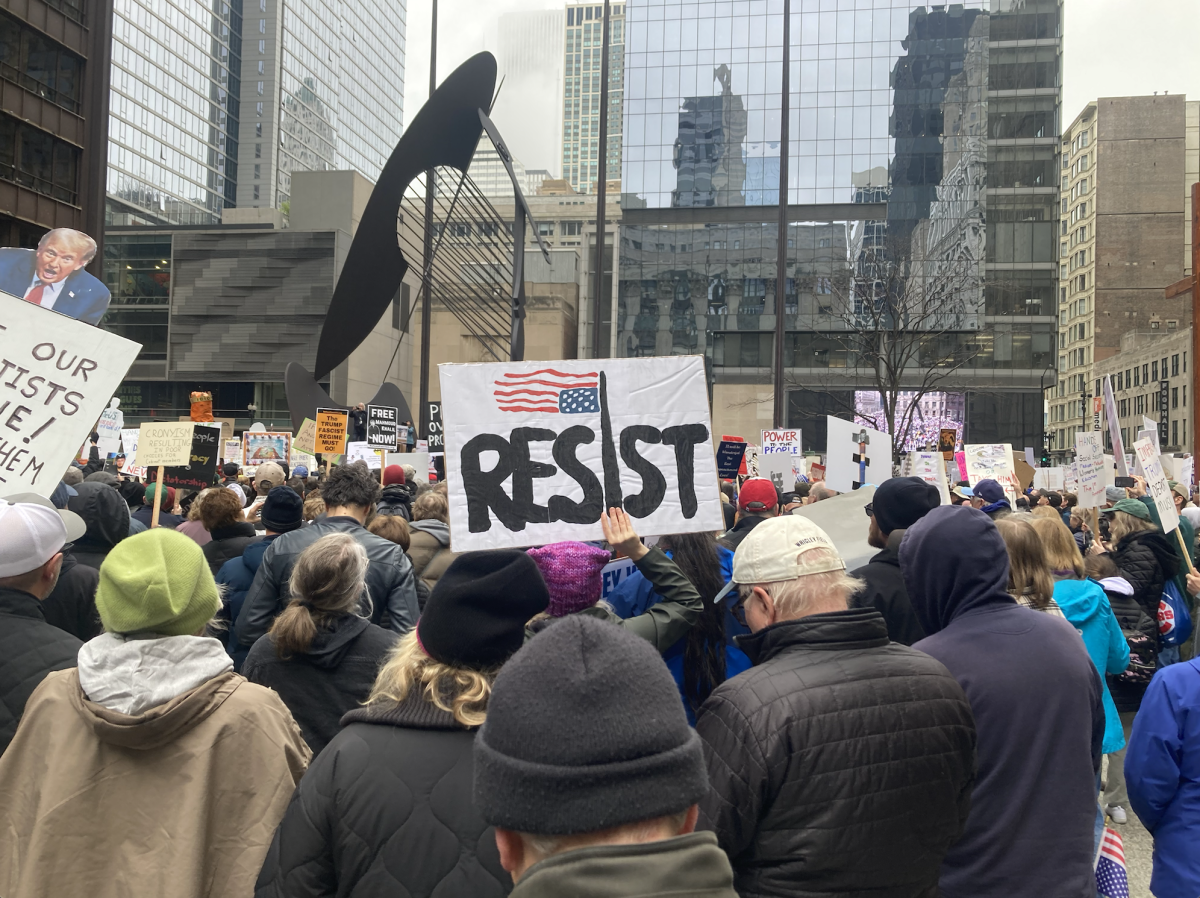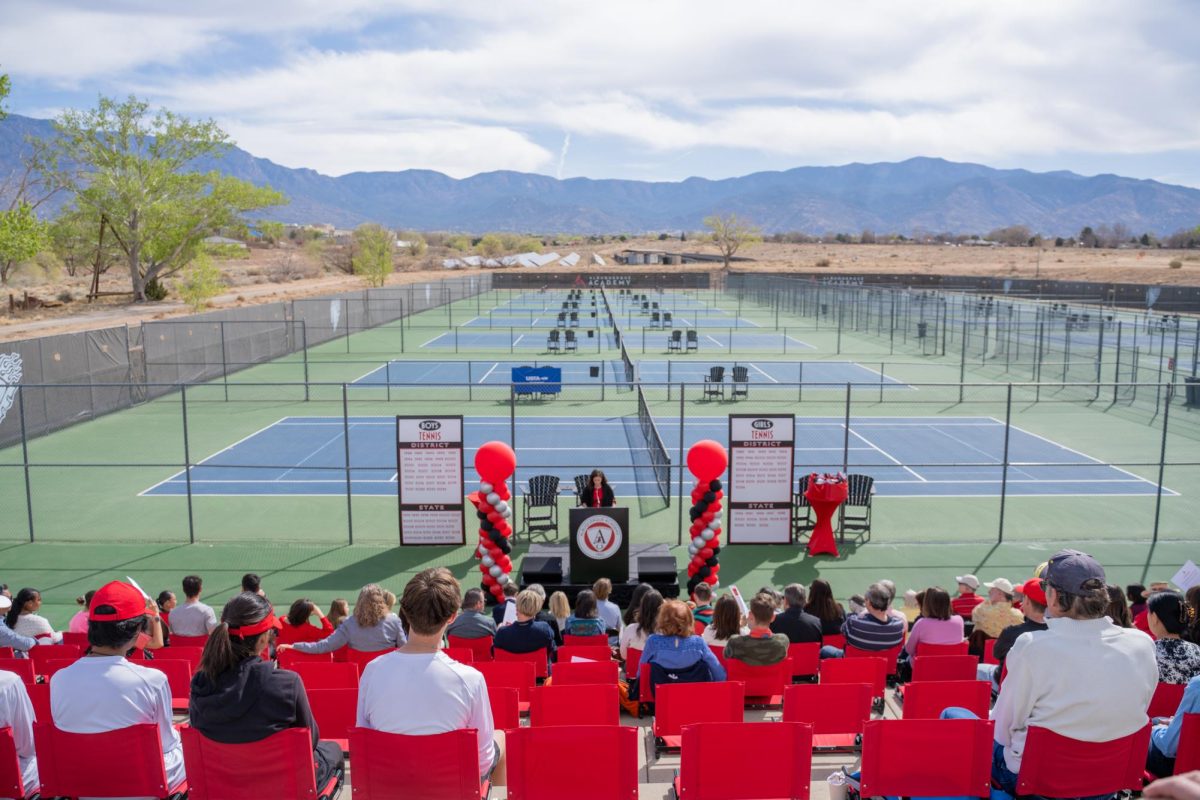On Oct. 31, while millions of Americans eat candy corn and celebrate fall in delightfully ghoulish getup, millions more will celebrate a different holiday: Día de los Muertos, or Day of the Dead. Day of the Dead is a Mesoamerican holiday that combines themes from Catholicism and the ancient animistic religion of the Aztecs. While others caper from house to house and trick-or-treat, many Mexicans and Mexican-Americans, as well people in Bolivia, Guatemala, Brazil, and more, will celebrate a variation of the holiday, which, unlike the secular Halloween, acknowledges the Christian idea of heaven, while also including concepts of spirits and life-after-death that defined the Aztec religion.
Día de los Muertos originated centuries ago; the Aztec people held an annual festival to celebrate and appease the goddess Mictecacihuatl, who, in Aztec mythology, ruled over the afterlife. After colonization, the traditional celebration fused with the Catholic All Saints’ Day, during which the saints of the Church are celebrated and revered. Eventually, the synthesis of these two holidays became El Día de los Muertos, a three-day observance of the dead, during which spirits of those who have passed are believed to pass into the world of the living to visit their living friends and relatives.
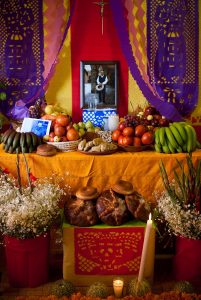
Typically, observance of Día de los Muertos involves creating an ofrenda, or altar, upon which candles, gifts, and food and water are placed for spirits to enjoy when they arrive at their loved ones’ dwelling, the decoration of graves with marigolds and flags made of tissue paper, and visits to church to honor dead relatives. A common emblem of Día de los Muertos is a skull, or calavera – sugar skulls are typically decorated and placed on the ofrenda, and others wear skull masks during parades or celebrations. Catholic heritage is evident in images such as the Virgin Mary and the rosary, which are prevalent in ofrendas and in many homes.
Despite being a seemingly somber reflection on mortality, Día de los Muertos is, in reality, a festive celebration of the lives of those who have passed away. Many towns host parades during the holiday, and families often have picnics near deceased relatives’ graves in order to feel closer to them. In Albuquerque, where there is a strong Mexican and Catholic presence, many families continue to celebrate Día de los Muertos with their own traditions. Others attend large-scale festivities, such as the annual Muertos y Marigolds Parade and Celebration in the South Valley. Día de los Muertos is a unique and special holiday that has defined Mexican culture for hundreds of years, and its continued observance shows that, in Mesoamerica, history is never far below the surface.
The Muertos y Marigolds Parade and Celebration will be held on Sunday, November 5 from 2-7 p.m. at the Westside Community Center. It will feature music, vendors, artists, and food, as well as a parade. For more information, visit http://muertosymarigolds.org/.


